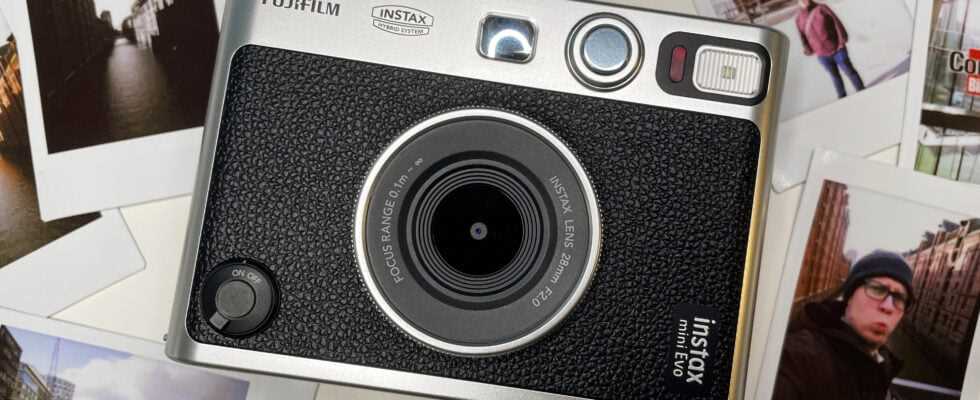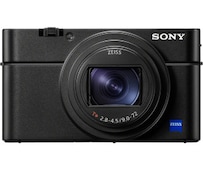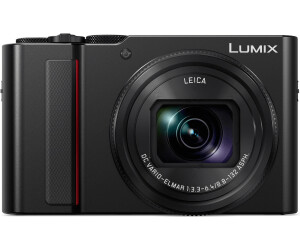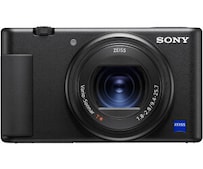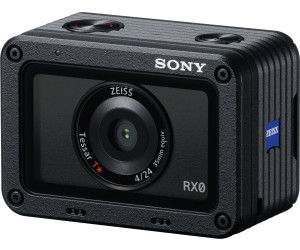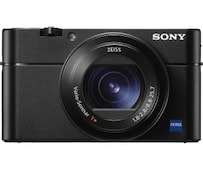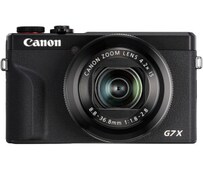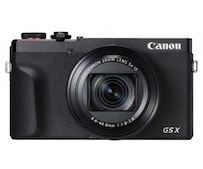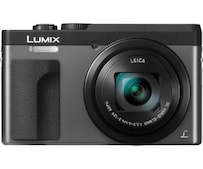Even 75 years after the invention of the instant camera (1947 by the Polaroid company), the technology is holding its own on the market, even if it can hardly do without the designations “hip” or “retro” today. Fujifilm is very strong in this area with its Instax devices. The new Instax mini Evo aims to bring fast photography with 100 photo combinations and improved quality into the age of Instagram & Co. The test explains why the charm of the instant photos falls by the wayside.
A touch of nostalgia
With the design of the Instax mini Evo, Fujifilm makes the hearts of retro fans beat faster. The look is strongly reminiscent of old analogue cameras, for example the older Leica models from the Leitz company. A silver plastic frame is joined by surfaces made of black plastic with a leather pattern. On the back is a 3-inch LCD (7.6 centimeters) along with buttons for operating the menus. The camera is pleasantly light: together with an inserted instant film with ten images, it weighs just 320 grams. A carrying strap is included for safe transport.
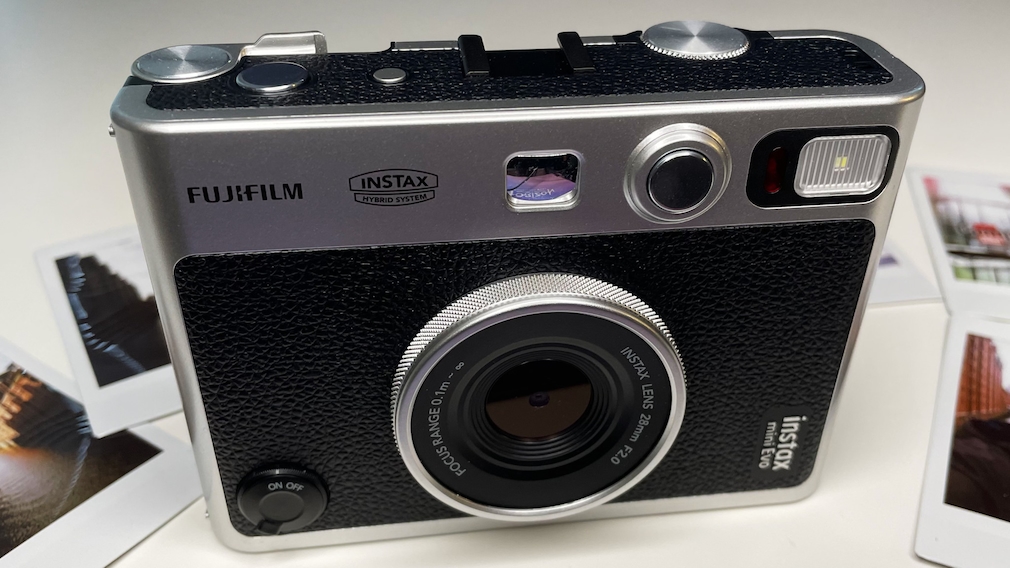
From the front, the Instax mini Evo looks like an old analogue camera. In addition to the power knob and a flash, there is a selfie mirror and shutter release.
Old keys reassigned
Various buttons are available for control. So two triggers – one on the top and one on the front for selfies. The self-images are very reliable thanks to a parabolic mirror for image control. You don’t use the lens ring to set the focus like with normal cameras (an autofocus takes care of that here), but you can switch between ten lens effects. These include, for example, color shifts, vignette, blur, fish-eye optics. Another wheel on the top – the so-called film selector – allows you to switch through ten film effect filters. Colors can be intensified, intentionally faded or replaced with monochrome shades of gray. Stronger yellow, blue, red and sepia tones are also possible. This gives you 100 potential variations, popular combinations can be saved as favorites. Greetings from the social media service Instagram.

On the back there is a 3-inch display for insights into settings and photos taken. You operate the screen using the buttons next to it.
Extremely important for analogue cameras: the clamping lever. In the distant past, pulling the lever would advance the film so that a new image was ready for the next snapshot. With the modern Instax mini Evo, this lever is used to print out the images. Wait, the print has to be triggered manually?
More printer than instant camera
You read that right: The images no longer come out of the camera immediately after a shot, but only after the lever has been actuated. The reason: The camera takes digital photos and first saves the recordings in the internal memory – which is enough for 45 photos. If desired, users can expand this space with a microSD card, which means that up to 1,000 pictures can remain digitally. A built-in printer prints the instant photo by pulling the lever. If desired, the same motif can be printed out several times. On the one hand, this is a good idea and eliminates the ever-present danger of bad instant photos. Especially with 100 possible effect combinations, such a photo trip can quickly degenerate.
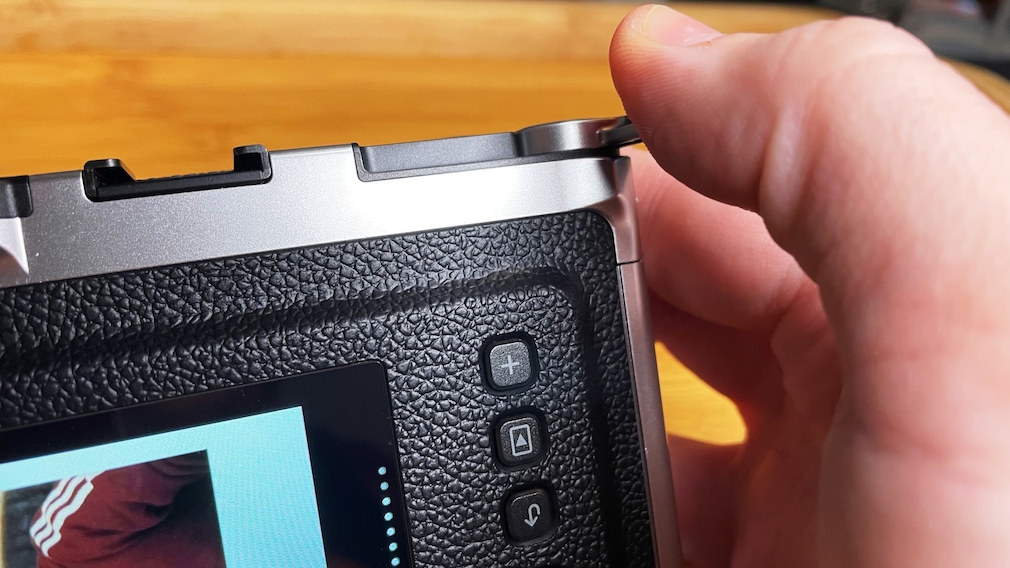
On the trigger: The tensioning lever does not pull the film further here, but starts printing the instant photos.
On the other hand, the charm of the instant cameras disappears a bit, because they are no longer unique instant images like the purely analog models. The stored photos of the Instax can even be sent to the smartphone via Bluetooth connection, and vice versa, mobile phone recordings can also be printed out. And strictly speaking, the Instax mini Evo is exactly that: A simple digital camera with Instagram filters and a built-in printer in a retro housing. That’s not a bad thing, but the idiosyncratic magic of instant photography fizzles out. Of course, you don’t have to use these features and conveniences if you don’t want to.
High resolution photos
Objectively, the Instax mini Evo’s images look better than ever. This is not least due to the resolution of 2560×1920 pixels and a print resolution of 600 dpi (dots per inch, dots per inch), provided that printing is done directly from the camera. When printing via app and smartphone, the resolution is halved. For the ideal picture, however, it must not be too bright or too dark, otherwise the subject will be rather gloomy. The small flash on the front doesn’t help much either. Also applies once again: The brightness of the image on the display does not correspond to the printout; it is often darker. So some overexposure on the LCD is spot on. According to Fujifilm, photographers can print around 100 prints with a fully charged battery – this varies depending on the time of use and the break between printing processes. That’s not bad, a full charge takes a maximum of three hours and runs via the micro-USB port on the bottom.
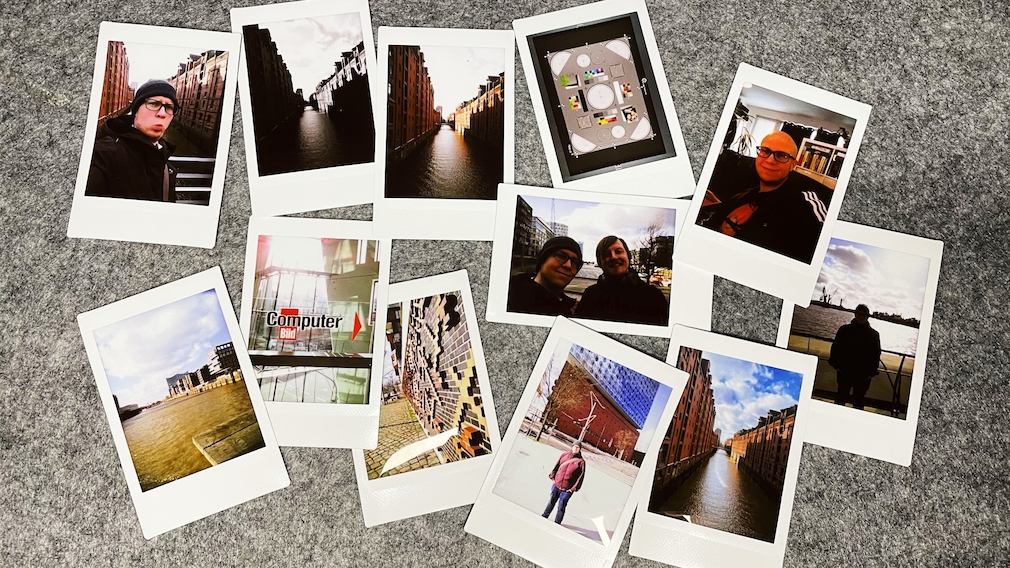
Instant photos are a fast and fun way to capture moments and print them right away. But the fun is not cheap. In this picture alone there are photos worth almost 10 euros.
Instax app with remote shutter release
Price, availability and follow-up costs
The Fujifilm Instax mini Evo is available in black and costs just under 200 euros. Interested parties should keep in mind the additional costs for the required instant photos. Between 15 and 20 euros are due for 20 pictures – a single picture costs between 75 cents and 1 euro.
Fujifilm Instax mini Evo review: Conclusion
The modern instant camera Instax mini Evo from Fujifilm takes a step into the future and not only offers 20 film and lens filters to be freely combined, but also the possibility to save and select images before they are printed. A good idea, even if it gnaws at the charm of instant photography. But given the high cost of photo paper, prior selection is a good idea.
